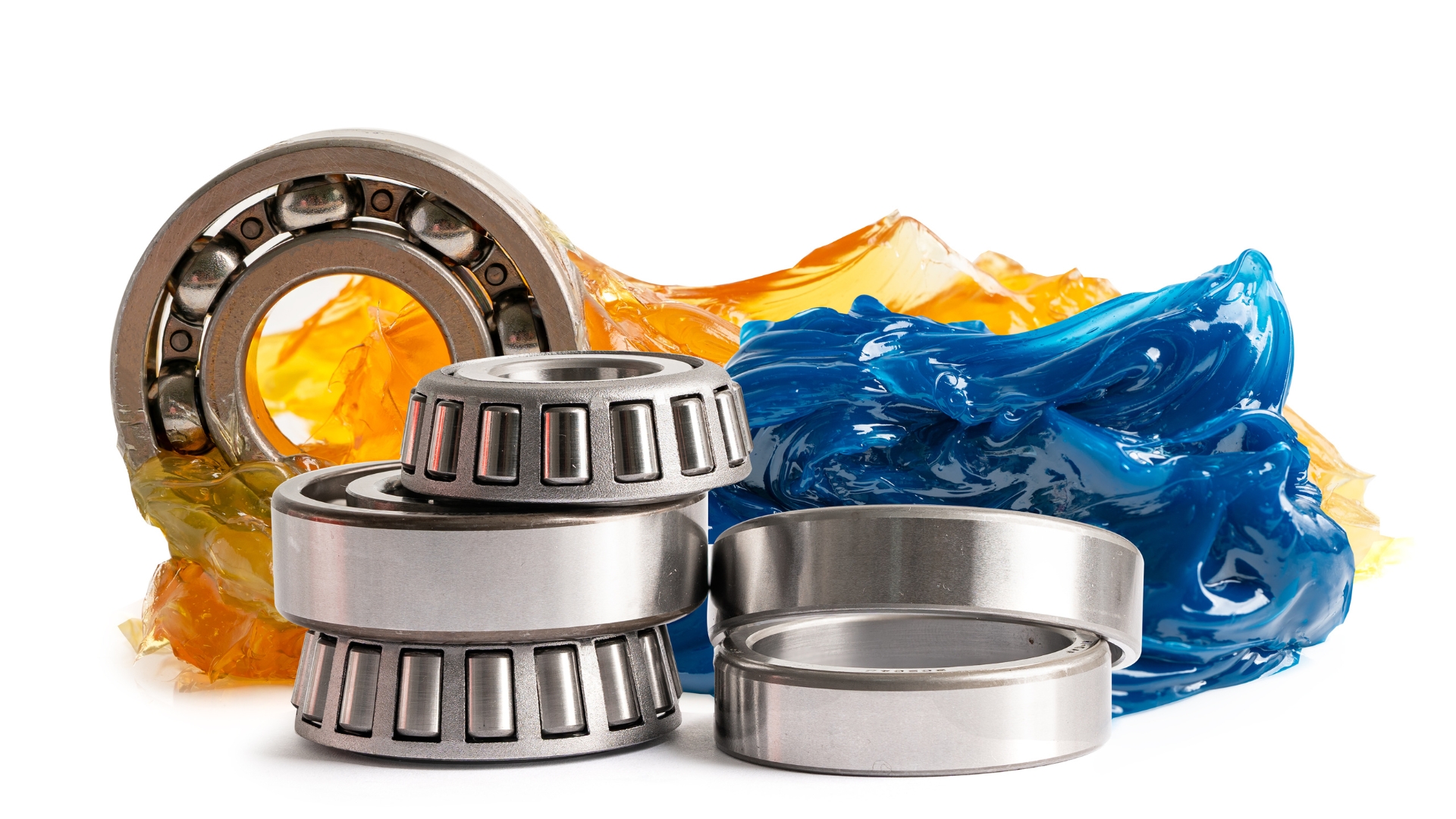You might have noticed that grease comes in a variety of colors, from red to blue and more. But what exactly do these colors mean? And why do they matter?
Let’s take a closer look at the color of grease, and what it means.
Why Does Grease Come in Different Colors?
You can find grease in many different colors, with some of the most common being red, blue, and green. But why exactly does grease have different colors? And do those colors actually mean anything?
These colors aren’t actually a natural part of the grease, but they are added by the manufacturer. These allow consumers to differentiate between different types of grease. But, the meaning of a color isn’t necessarily consistent, and in many cases, the color of the grease doesn’t give any specific meaning to it.
For example, in many cases, red grease will be for high temperature applications, and blue grease for low temperature applications. Blue and green grease is often found for marine applications as well. But, in many other cases, the color won’t indicate temperatures or anything else.
A bigger reason to use colored grease is for operational efficiency. By adding a simple visual indicator of which type of grease you’re using, you can ensure you don’t use the wrong grease on the wrong equipment. In many cases, equipment can even be tagged with the corresponding color of the right kind of grease.
Dyeing grease also makes it easier to identify contamination. For example, if air or water gets into red grease, it will turn pink, giving you an easy indicator of contamination. Or, if a contaminant like dirt gets in, the color will darken. This color also helps identify leaks, because the color of the leaking grease is easily distinguishable from other substances like hydraulic oil.
Of course, in many cases, grease color is chosen for purely aesthetic reasons. It may match company colors, for example, or simply be a pleasing color to the customer. Because of this, when looking at grease, what’s more important than color are its specifications and performance.
Rather than picking a grease based on color, read data sheets to understand the properties of a grease when deciding which to use for a certain application.
Don’t Leave Your Precious Equipment to Guesswork
In some cases, grease color can indicate things like the temperature it’s designed for or the environment it will be used in. But just as often, grease color has no specific meaning, and is mainly just for differentiating different greases in your facility. The experts at LH Travis can help you get the most out of your automatic lubrication equipment. How can we help you?

